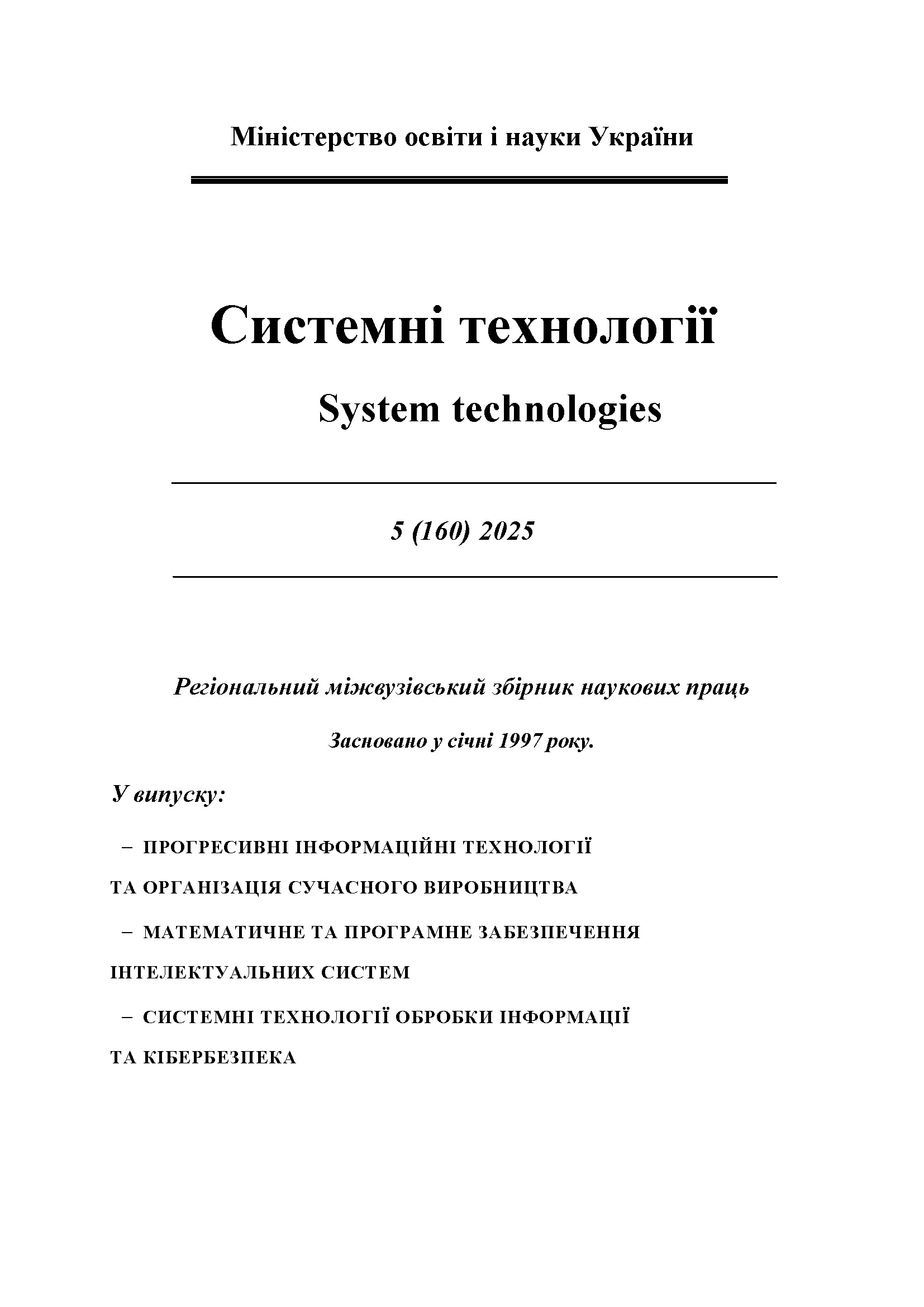MACHINE LEARNING METHODS FOR ANTIFRAUD SYSTEMS
DOI:
https://doi.org/10.34185/1562-9945-5-160-2025-16Keywords:
Fraud detection, machine learning, classification, anomaly detection, neural networks, hybrid approachesAbstract
Fraud in the financial sector, e-commerce, and online services is becoming increasingly frequent and sophisticated. Traditional rule-based systems, while still helpful in detecting known fraud patterns, struggle to keep up with new, evolving attack vectors, as static rules are quickly circumvented. In contrast, machine learning (ML) provides a dynamic and scalable approach that can process vast amounts of transactional and behavioral data to identify subtle anomalies and suspicious activity.
This paper provides a comprehensive overview of current ML techniques used in fraud detec-tion, categorized into three main groups: classification models, anomaly detection methods, and deep learning architectures. It discusses real-world applications across various fraud scenarios, including credit card abuse, account takeovers, cybercrime, and scams in digital comerce.
Emphasis is placed on the strengths and limitations of each approach, with attention to real-world considerations like scalability, model transparency, and the challenge of class imbal-ance. The paper also reviews recent advances, including graph-based representations of fi-nancial interactions, IP-based behavioral profiling, and the emergence of hybrid systems that integrate multiple ML techniques – such as combining autoencoders with boosting algorithms for improved accuracy, especially when labeled data is scarce.
The findings aim to support the development of flexible, high-performance fraud detection solutions that leverage the most effective ML practices and capitalize on the synergy of hybrid model architectures.
References
National Bank of Ukraine. (2025). The number of card fraud cases has decreased, but the losses from them have increased. https://bank.gov.ua/ua/news/all/kilkist-vipadkiv-shahraystva-z-kartkami-znizilasya-zbitki-za-nimi--zrosli.
2024 AI Fraud Financial Crime Survey. (2025). https://www.biocatch.com/ai-fraud-financial-crime-survey.
Visa Announces Generative AI-Powered Fraud Solution to Combat Account Attacks. (2024). https://investor.visa.com/news/news-details/2024/Visa-Announces-Generative-AI-Powered-Fraud-Solution-to-Combat-Account-Attacks/default.aspx.
Theodorakopoulos, L., Theodoropoulou, A., Tsimakis, A., & Halkiopoulos, C. (2025). Big Data-Driven Distributed Machine Learning for Scalable Credit Card Fraud Detection Using PySpark, XGBoost, and CatBoost. Electronics, 14(9), 1754. https://doi.org/10.3390/electronics14091754.
Sundaravadivel, P., Isaac, R., Elangovan, D., KrishnaRaj, D., Rahul, V., & Raja, R. (2025). Optimizing credit card fraud detection with random forests and SMOTE. Scientific Re-ports, 15, 17851. https://doi.org/10.1038/s41598-025-00873-y.
Applying SMOTE to Fraud Detection. (2023). Kag-gle. https://www.kaggle.com/code/wuttipats/applying-smote-to-fraud-detection.
Ding, L., Liu, L., Wang, Y., Shi, P., & Yu, J. (2024). An AutoEncoder enhanced light gra-dient boosting machine method for credit card fraud detection. PeerJ Computer Science, 10, Article e2323. https://doi.org/10.7717/peerj-cs.2323.
Jiang, S., Dong, R., Wang, J., & Xia, M. (2023). Credit Card Fraud Detection Based on Unsupervised Attentional Anomaly Detection Network. Systems, 11(6), 305. https://doi.org/10.3390/systems11060305.
Buschjäger, S., Honysz, P.-J., & Morik, K. (2020). Randomized outlier detection with trees. International Journal of Data Science and Analytics. https://doi.org/10.1007/s41060-020-00238-w.
Branco, B., Abreu, P., Gomes, A. S., Almeida, M. S. C., Ascensão, J. T., & Bizarro, P. (2020). Interleaved Sequence RNNs for Fraud Detection. У KDD '20: The 26th ACM SIGKDD Conference on Knowledge Discovery and Data Mining. ACM. https://doi.org/10.1145/3394486.3403361.
Cheng, D., Zou, Y., Xiang, S., & Jiang, C. (2025). Graph neural networks for financial fraud detection: a review. Frontiers of Computer Science, 19(9). https://doi.org/10.1007/s11704-024-40474-y.
How IP Insights Works - Amazon SageMaker AI. (2025). https://docs.aws.amazon.com/sagemaker/latest/dg/ip-insights-howitworks.html.
Downloads
Published
Issue
Section
License
Copyright (c) 2025 System technologies

This work is licensed under a Creative Commons Attribution 4.0 International License.















